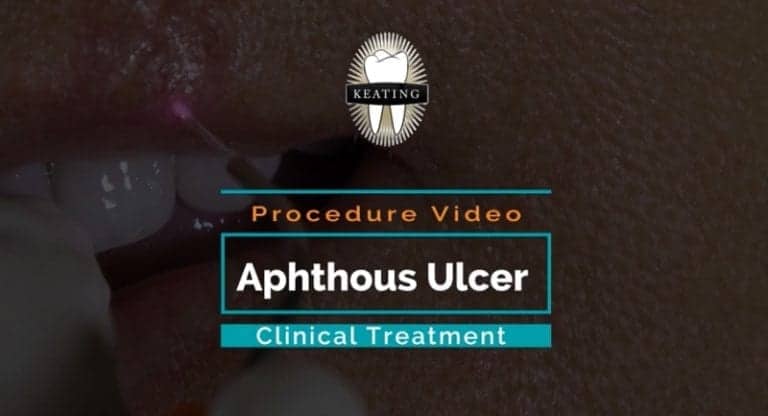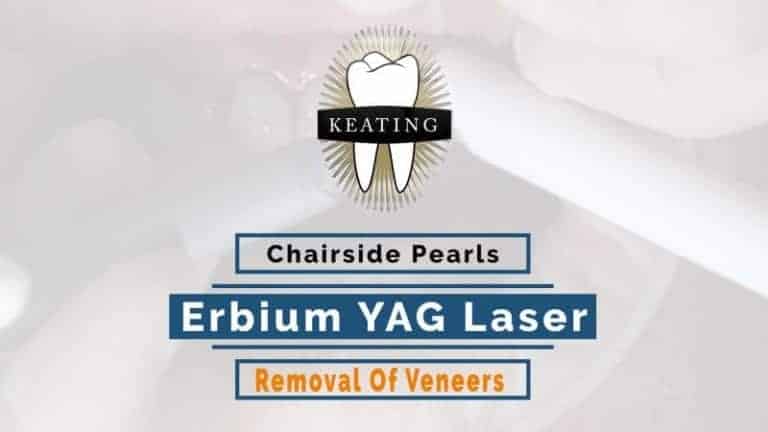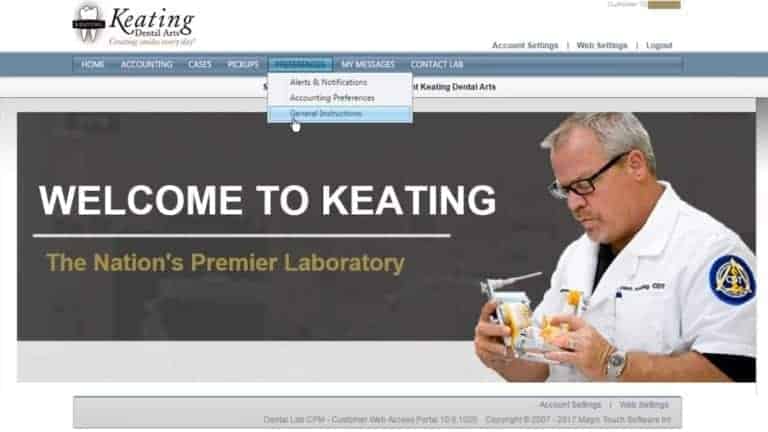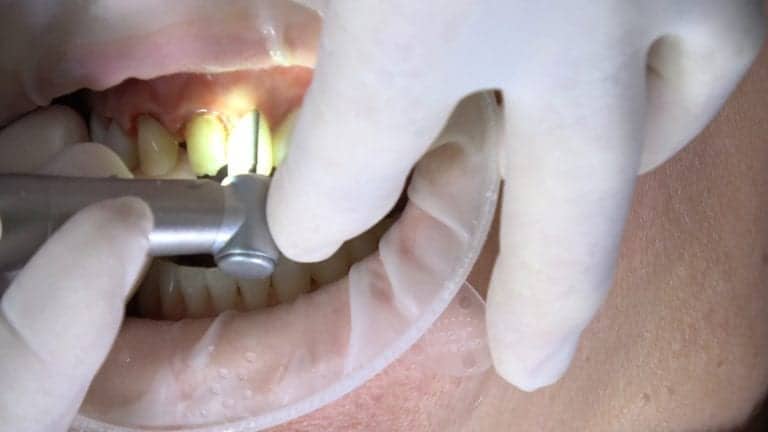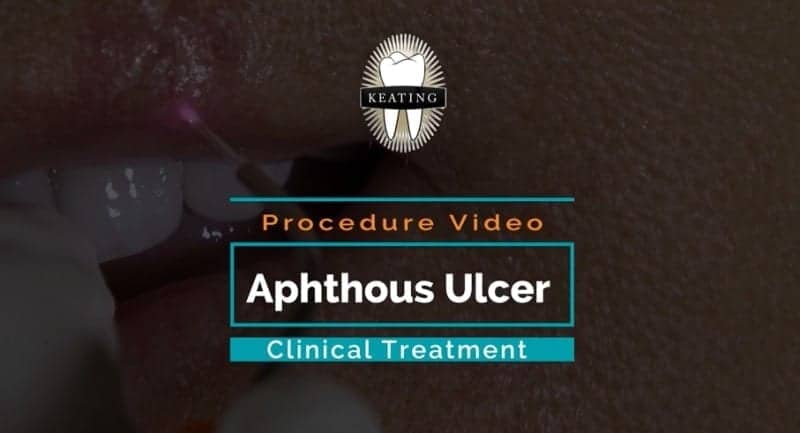
Diode lasers are incredibly versatile, including treating aphthous ulcers, also known as cold sores. While not life threatening, aphthous ulcers can be very uncomfortable for patients and a diode laser can offer quick relief for them. This technique will also treat any bacteria or viral component in the aphthous lesion, offering your patients a superior way to treat their aphthous ulcers.
Treating Aphthous Ulcers with a Diode Laser
We’re going to use the continuous wave on the diode laser for this, and because we aren’t actually cutting, we won’t activate the laser’s tip. This short procedure will use the diode laser in short increments with slowly increasing wattage. Using a diode laser will numb the nerve endings and kill any bacteria or viral component, making it ideal for these cases.
Once we get set with our safety glasses or loupes and have the diode laser settings correct, we can get started. The patient may feel some heat at the site, but overall there won’t be much discomfort. We don’t use anesthetic because we want the patient to give feedback of when they begin to feel the laser, but it’s a short procedure and there shouldn’t be a high level of pain.
We’re going to start with 30 to 40 second intervals, and as mentioned previously we’re going to slowly increase the wattage. We start with 0.5 watts, about 10 millimeters away from the aphthous lesion.
Once we reach 30 seconds at 0.5 watts, we’re going to bump the diode laser up to 0.6, and will move closer to the aphthous lesion itself. The closer to the aphthous ulcer we get the more uncomfortable this may be for our patient, which is why we start out at 10 millimeters. Our goal is to be able to touch the aphthous ulcer with the diode laser tip, but that’s dependent on the patient’s level of comfort.
As we bump it up to 0.7 watts, we’ll check the different parts of the aphthous ulcer. Where there is an open aphthous lesion the skin will be a slightly pink-white, but will become straw colored and slightly brown once the laser hits the lesion.
At this point we bump it up to 0.8 watts, and we’re able to touch the diode laser to the aphthous ulcer and the patient can tolerate it. This is because we’ve started slow and as the ulcer is treated, the pain level will decrease. By the time we’re completing this aphthous ulcer treatment, pain will decrease.
The treatment area won’t look better immediately, but the aphthous ulcer will heal faster than with typical topical treatment. The diode laser helps not only heal the aphthous lesion quicker, but also decreases the sensitivity in the area while it continues to heal. Treating an aphthous ulcer is one more way you can give your patient quality care that improves their oral health with as diverse as a tool as the diode laser.

